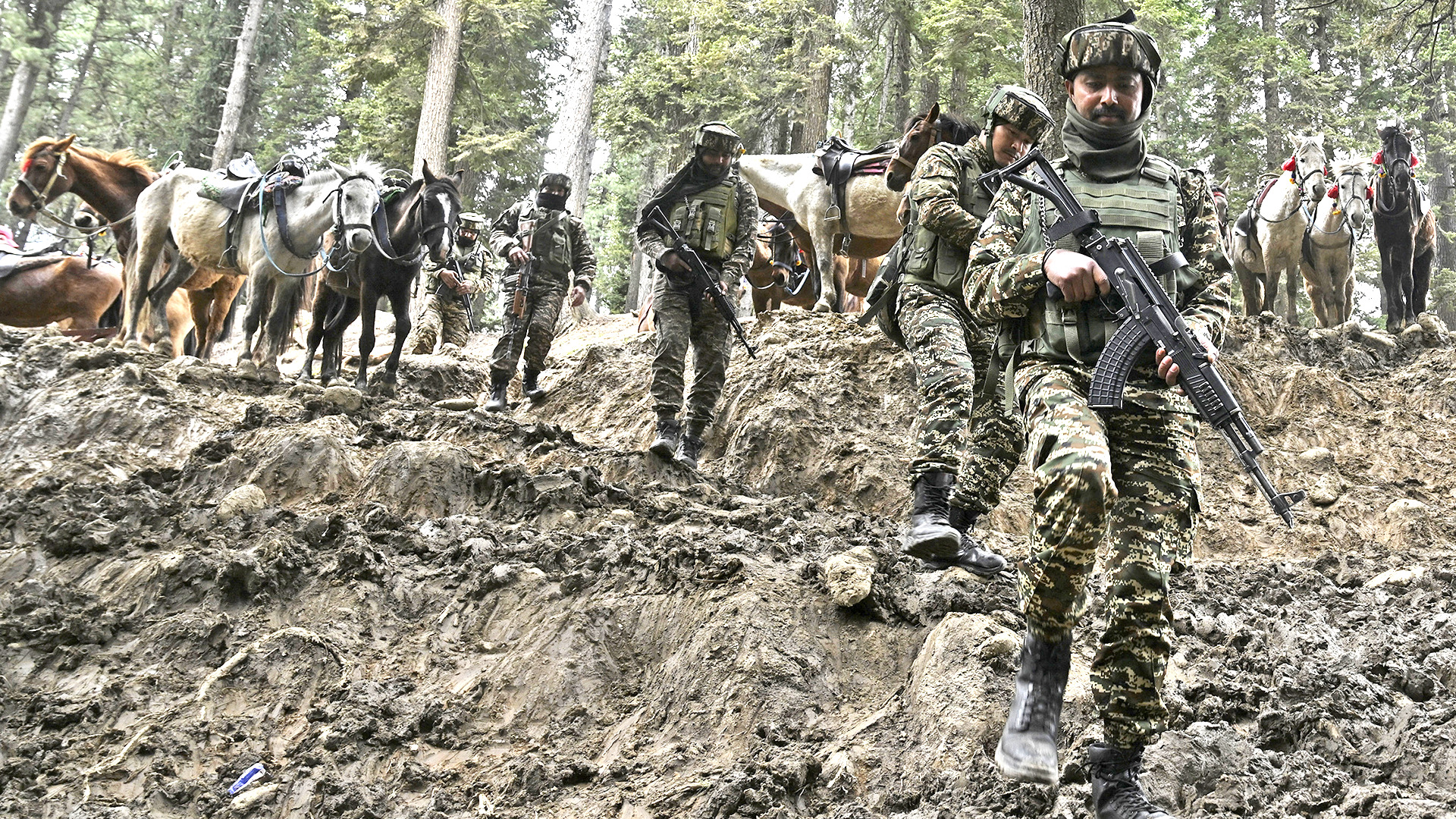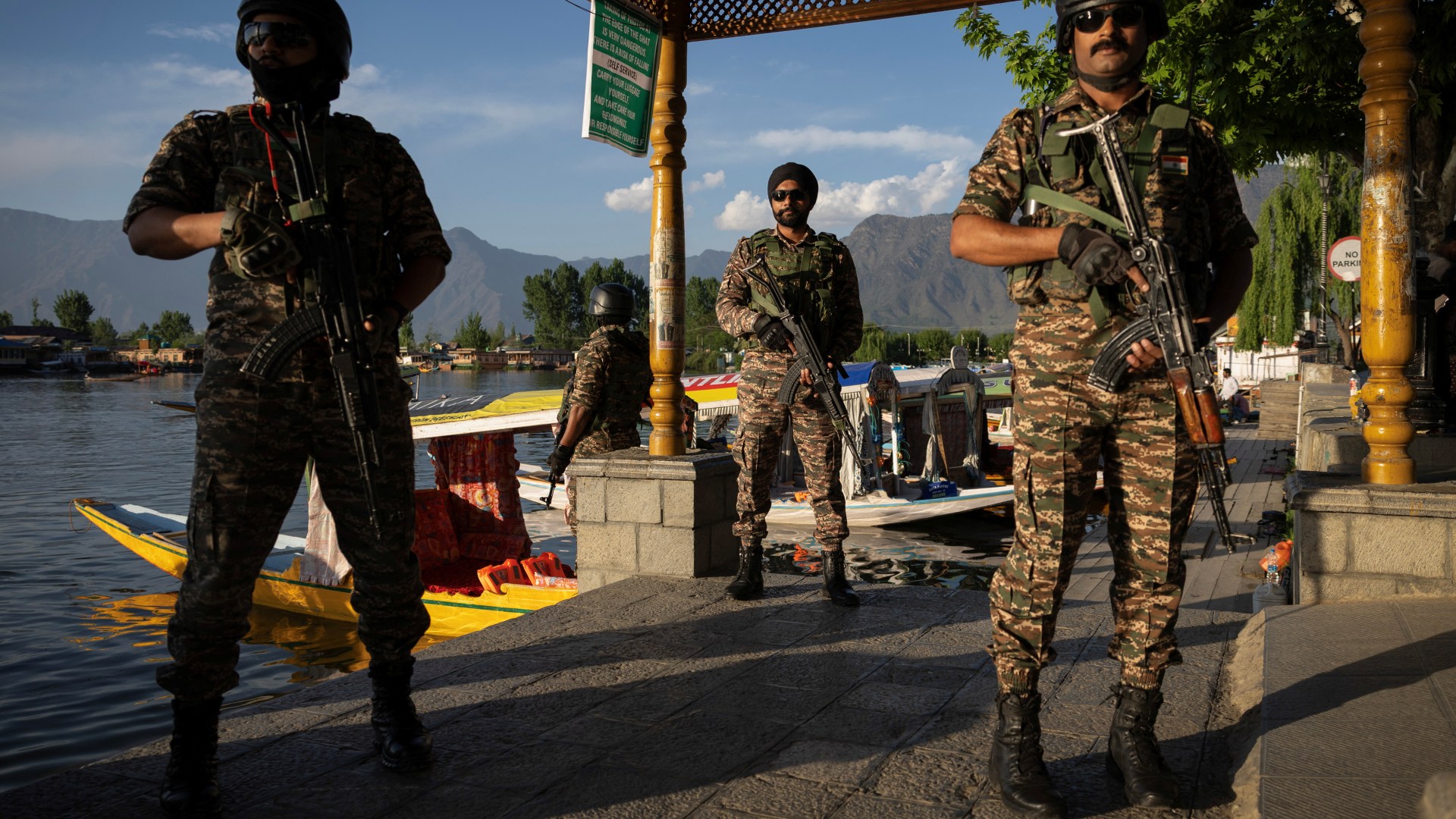Escalating Tensions in Kashmir: A Region on Edge

Introduction: A Renewed Flashpoint
The Kashmir region, long known as one of the most volatile geopolitical flashpoints in South Asia, is witnessing renewed tensions. A spike in ceasefire violations, a surge in militant activity, and an increase in military presence on both sides of the Line of Control (LoC) have fueled fears of a broader conflict between India and Pakistan in 2025. As the international community watches closely, questions arise about the causes, consequences, and the way forward for this troubled territory.
Recent Developments: A Surge in Violence
Over the past few weeks, the Indian Army has reported multiple ceasefire violations by Pakistan across the LoC, with retaliatory shelling leading to civilian and military casualties. On the Pakistani side, officials have alleged unprovoked aggression from Indian forces. Both nations deny wrongdoing and accuse the other of escalating tensions.
Adding to the crisis, a deadly terror attack in Pulwama targeting a convoy of Indian paramilitary forces has reignited concerns about cross-border terrorism. India has blamed Pakistan-based militant groups, while Islamabad denies any involvement.
The Strategic Significance of Kashmir

Kashmir is not just a territorial dispute; it is also a symbol of national identity and pride for both India and Pakistan. The region has seen multiple wars, insurgencies, and diplomatic standoffs since the Partition of 1947.
The 2019 abrogation of Article 370 by the Indian government, which revoked the special status of Jammu & Kashmir, has further hardened positions. Pakistan views the move as a unilateral alteration of a disputed region, while India asserts it as an internal matter.
Military Buildup: Readiness or Provocation?
Satellite imagery and intelligence reports suggest increased troop movements, deployment of advanced artillery, and heightened air surveillance on both sides. Analysts say these are precautionary measures, but others fear miscalculations could quickly spiral into full-scale conflict.
India has also launched counter-insurgency operations across Kashmir’s southern districts, while Pakistan has increased its combat readiness in the Gilgit-Baltistan region.
The use of drones for reconnaissance and even limited strikes has added a new dimension to the standoff, raising alarm among peace advocates and global security analysts.
Humanitarian Impact: Civilians Caught in the Crossfire
As tensions rise, the biggest victims are often the civilians living along the LoC and in sensitive areas. Villages have been evacuated, schools shut down, and essential services disrupted.
Internally displaced families face dire conditions in makeshift camps with inadequate access to food, shelter, and medical care. Mental health issues, especially among children, are on the rise due to prolonged exposure to violence and uncertainty.
Regional and Global Reactions

The United Nations and countries including the United States, China, and members of the European Union have urged both India and Pakistan to exercise restraint. The UN Secretary-General reiterated the importance of bilateral dialogue and respect for human rights.
China, which shares a border with the region and has its own stakes in Ladakh, has called for regional stability. Meanwhile, the U.S. has offered to mediate, though both India and Pakistan traditionally reject third-party intervention.
The Role of Proxy Groups and Radicalization
Experts believe that extremist groups operating with varying degrees of state support continue to fan the flames in Kashmir. The resurgence of groups like Jaish-e-Mohammed and Lashkar-e-Taiba poses serious challenges to regional peace.
Online radicalization and cross-border infiltration remain potent tools in the conflict. Despite international pressure, there is little transparency in dismantling these networks.
India’s Internal Security Strategy

India has responded to the latest developments with a multi-pronged strategy. Apart from deploying additional troops, the government has enhanced surveillance, cracked down on social media misinformation, and increased coordination between intelligence agencies.
Developmental initiatives in Jammu and Kashmir continue, with the aim of addressing the socio-economic grievances that fuel unrest. However, critics argue that heavy militarization undermines civil liberties and deepens mistrust among locals.
Prospects for Peace: Is Dialogue Possible?
Despite the tension, there are faint signals that back-channel diplomacy may be underway. Sources suggest that Track II dialogues—informal discussions involving retired diplomats and policy experts—are taking place to ease hostilities.
India insists that Pakistan must act against terror networks before any formal talks resume, while Pakistan demands the restoration of Kashmir’s special status. These conflicting prerequisites make official diplomacy difficult.
Confidence-building measures such as trade resumption across the LoC, people-to-people exchanges, and cultural diplomacy could serve as first steps toward de-escalation.
Conclusion: A Fragile Balance
The Kashmir conflict remains a dangerous tinderbox that could ignite with even a minor spark. The current escalation serves as a stark reminder of the unresolved nature of the dispute and the urgent need for diplomatic engagement.
While military readiness may provide short-term deterrence, lasting peace can only come through dialogue, mutual respect, and a genuine commitment to addressing the underlying grievances of the Kashmiri people. The international community must continue to play a constructive role in encouraging both nations to choose negotiation over confrontation.
Visit Edge Times Homepage For More News
Read Blogs From Our Blog Website
Top 10 Movies On Jio Hotstar App

Samsung One UI 7 Update Release Date In India

Best Dog Food For Shih Tzu

Visit To Our Blog Channel To Read Interesting Blogs



)





